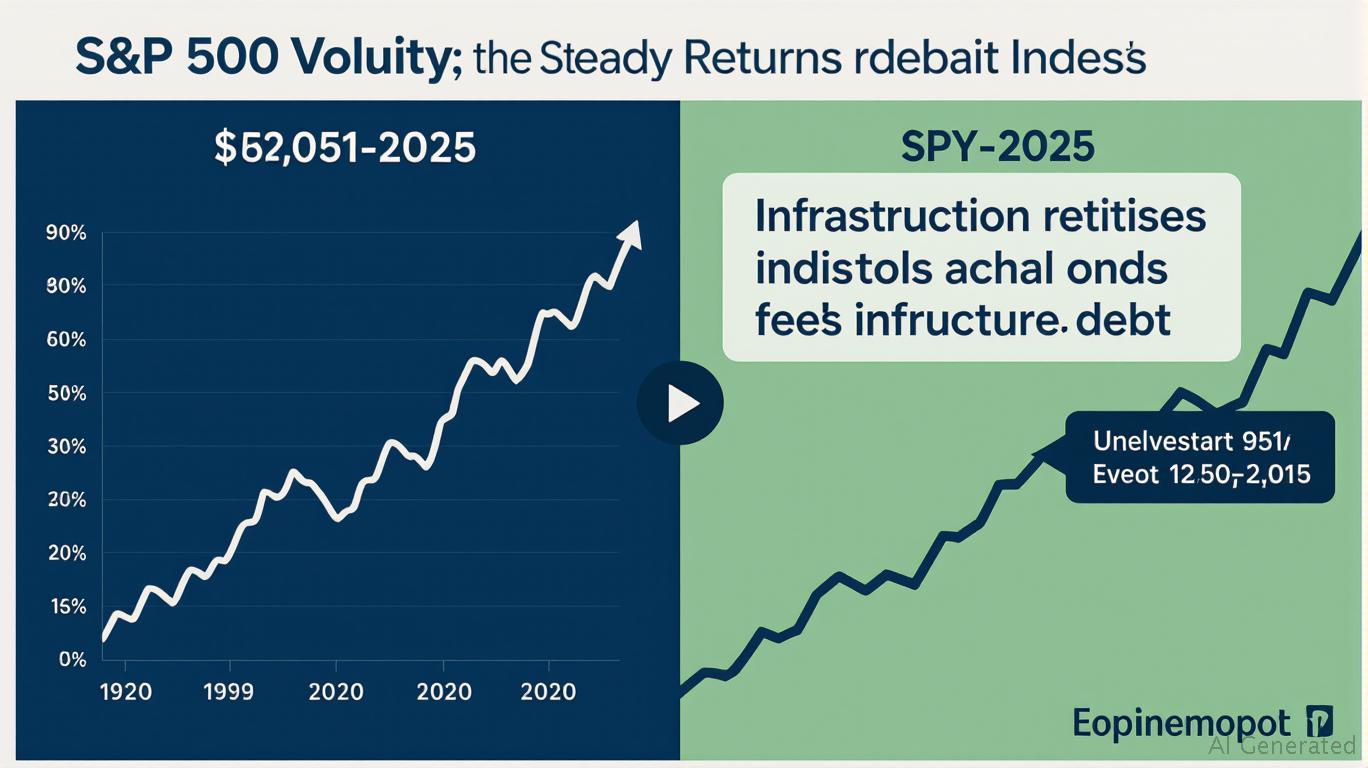Navigating Reciprocal Tariffs: How Private Markets Offer Steady Returns in a Volatile World
The escalating global tariff war has turned public equity markets into a rollercoaster ride, with sectors like utilities and industrials reeling from trade disruptions. While investors scramble to mitigate risks in volatile public markets, a quieter revolution is unfolding in private markets—specifically infrastructure and real estate—where contractual cash flows and inflation-hedging properties are creating resilient opportunities. Recent analysis from Wealth Enhancement's Q2 2025 commentary reveals a clear path forward: leverage market chaos by shifting capital to assets that thrive in uncertainty.

The Tariff Trap in Public Markets
The problem starts with tariffs acting as economic “wild cards.” U.S. levies on Chinese solar panels (175%), polysilicon (195%), and Southeast Asian imports have upended clean energy supply chains, triggering a $7.7 billion cancellation of U.S. clean manufacturing projects in early 2025. This ripple effect is visible in equities:
show a 40% intra-year swing in 2025 alone, driven by tariff-induced battery cost pressures.Meanwhile, the S&P 500 now trades at a 22x forward P/E ratio—a 25% premium to historical averages—while its top 10 stocks account for 38% of the index. This concentration risk, paired with tariff-driven volatility, makes public equities a precarious bet for long-term investors.
The Private Market Solution: Steady Returns in Chaos
The antidote lies in private markets, where contractual agreements and physical assets buffer against trade shocks.
1. Infrastructure Debt: Cash-Flow Fortresses
Infrastructure projects like toll roads, renewable energy facilities, and utility grids offer predictable income streams. Over the past decade, infrastructure debt has delivered 5–7% annual returns with minimal correlation to equities. For example, a $500M Texas solar farm with a 20-year power purchase agreement provides steady cash flows regardless of tariff policy shifts.
2. Real Estate: Inflation's Anchor
Industrial warehouses and multifamily housing are thriving as inflation hedges. With the 10-year Treasury yield at 4.23%, real estate investment trusts (REITs) and private equity-backed properties now offer 5–6% yields. The June 2025 court ruling in Barbara v. Trump—upholding birthright citizenship—has stabilized labor markets critical to construction, ensuring projects like Ohio's wind turbine blade factories proceed smoothly.
3. Global Diversification: Beyond U.S. Borders
To insulate portfolios from trade wars, Wealth Enhancement advises global exposure to regions less reliant on U.S. policy whims. Consider:
- European logistics hubs: Serving e-commerce demand in a fragmented trade landscape.
- Asian renewables: China's tech exports rose 14% in Q1 2025, with firms like Tongwei Solar and BYD dominating global solar supply chains.
The Strategic Rebalance: 5–10% to Private Markets
The playbook for investors is clear:
1. Allocate 5–10% of capital to private infrastructure and real estate to capture stable cash flows and inflation protection.
2. Avoid overconcentration in public equities, particularly the top 10 S&P 500 stocks.
3. Prioritize sectors insulated from tariffs, such as software (recurring revenue models), critical minerals (for EV batteries), and domestic defense/infrastructure contracts.
The Bottom Line: Volatility Creates Value
The era of “buy and hold” in public markets is over. As Wealth Enhancement notes, “private markets aren't just defensive—they're engines of the next economic era.” By shifting capital to infrastructure debt, real estate, and globally diversified opportunities, investors can turn tariff-driven chaos into a disciplined growth strategy.
In a world where trade wars redefine economic borders, private markets offer a rare certainty: steady returns in an uncertain world.
Sign up for free to continue reading
By continuing, I agree to the
Market Data Terms of Service and Privacy Statement

Comments
No comments yet